Understanding Insolvency and Bankruptcy Laws
Complete Procedure & Practical Execution of Insolvency and Bankruptcy
Insolvency and bankruptcy are legal processes that help individuals or businesses unable to pay their debts find a resolution, either through asset liquidation, restructuring, or debt relief. Here's a comprehensive guide to the procedure and practical execution of insolvency and bankruptcy:
1. Preliminary Steps
- Financial Analysis: The debtor must conduct a detailed analysis of their financial position, including debts, assets, income, and expenses. This helps determine the extent of insolvency.
- Consult Professional Advisors: Engage with financial and legal experts specializing in insolvency and bankruptcy to explore possible solutions like debt restructuring, voluntary arrangements, or entering into bankruptcy proceedings.
- Decision Making: Based on the analysis and professional advice, decide whether to proceed with formal insolvency or bankruptcy.
2. Filing for Insolvency or Bankruptcy
- Documentation Preparation: Collect all relevant financial documents, including statements of assets and liabilities, income records, tax returns, and creditor details.
- Petition Filing: The debtor or creditor files a petition for insolvency or bankruptcy with the relevant court or tribunal. This includes submitting a formal application, supported by necessary documentation.
- Court Review: The court reviews the petition to ensure it meets the legal requirements. If approved, the court will initiate the insolvency or bankruptcy process.
3. Appointment of Insolvency Practitioner (IP) or Bankruptcy Trustee
- Selection and Appointment: An Insolvency Practitioner (for corporate cases) or a Bankruptcy Trustee (for individual cases) is appointed to oversee the process. This professional is responsible for managing the debtor's assets, handling creditor claims, and ensuring legal compliance.
- Initial Meeting: The IP or Trustee holds a meeting with creditors to outline the insolvency or bankruptcy process, discuss the debtor’s financial status, and outline the next steps.
4. Commencement of Proceedings
- Imposition of Moratorium: A legal moratorium is placed, halting any legal actions by creditors against the debtor. This provides a breathing space to manage the insolvency process without additional legal pressures.
- Public Notification: The insolvency or bankruptcy is publicly announced, informing all creditors and stakeholders. This announcement typically appears in official gazettes or public registers.
5. Creditor Claims and Asset Valuation
- Claim Submission: Creditors are invited to submit their claims to the IP or Trustee within a specified period. These claims are then verified and prioritized based on legal frameworks.
- Asset Valuation: The IP or Trustee conducts a thorough valuation of the debtor’s assets. This includes real estate, vehicles, business assets, and other valuable properties.
- Realization of Assets: Assets are liquidated to generate funds that will be used to pay off creditors. The sale process must be transparent, ensuring fair market value.
6. Distribution to Creditors
- Priority and Payment: Funds generated from the asset liquidation are distributed to creditors according to a legally defined priority order. Secured creditors are typically paid first, followed by unsecured creditors.
- Debt Discharge: In some cases, particularly with individual bankruptcy, any remaining unpaid debts may be discharged, meaning the debtor is no longer legally obligated to pay them.
7. Resolution Plan (Corporate Insolvency)
- Formulation of a Resolution Plan: For companies, a resolution plan may be proposed, which could involve restructuring the company, selling it as a going concern, or finding a new investor.
- Approval by Creditors: The proposed resolution plan must be approved by a specified majority of creditors. If the plan is approved, it is implemented under the IP's supervision.
- Implementation: The resolution plan is executed, potentially saving the business or ensuring a structured wind-down of operations.
8. Bankruptcy for Individuals
- Bankruptcy Declaration: If the individual cannot pay off their debts, they may be declared bankrupt. The Bankruptcy Trustee manages the debtor's estate, which involves selling off non-exempt assets.
- Bankruptcy Discharge: After fulfilling the bankruptcy obligations, the individual may be discharged, meaning they are legally released from most debts.
9. Closure of Insolvency or Bankruptcy Proceedings
- Final Reporting: The IP or Trustee submits a final report to the court, detailing the administration of the insolvency or bankruptcy process, including asset sales and creditor payments.
- Dissolution or Discharge: For companies, the process concludes with dissolution, where the company is struck off the register of companies. For individuals, the bankruptcy is discharged, and they are free from most of their debts.
Practical Execution Tips
- Clear Communication: Keep open lines of communication with all stakeholders, including creditors, employees, and shareholders, throughout the process.
- Document Management: Maintain meticulous records of all financial transactions, meetings, and decisions made during the insolvency or bankruptcy process.
- Compliance: Ensure strict adherence to all legal requirements and deadlines to avoid penalties or legal complications.
- Emotional Support: For individuals facing bankruptcy, consider seeking emotional and psychological support, as the process can be stressful.
Call to Action
Are you or your business struggling with overwhelming debt? The sooner you take action, the better your chances of a favorable outcome.
For Businesses:
- Reach Out to Us: Our expert insolvency professionals can guide you through every step of the process, helping you explore all options, from restructuring to resolution plans.
- Secure Your Business's Future: Don’t wait until it’s too late—act now to safeguard your assets and potentially save your business.
For Individuals:
- Get Expert Help: We offer compassionate, confidential advice to help you navigate the complexities of personal bankruptcy and regain control of your financial life.
- Start Fresh: Bankruptcy doesn’t have to mean the end—let us help you find a path to financial recovery.
Contact Us Today:
- Contact Us:
Phone: 9116098980/9119112929
Email: zumosunsoft@gmail.com
Website: www.zumosun.com www.thelegalcourt.com
Take the first step toward financial stability and peace of mind. Let our experienced team guide you through the process and help you rebuild your financial future.
No reviews found.
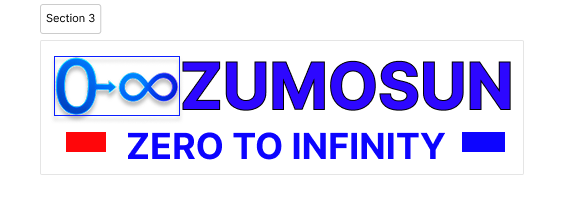
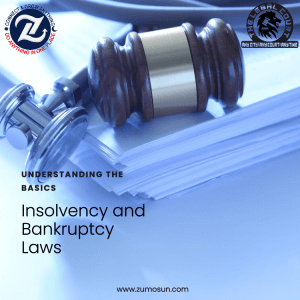
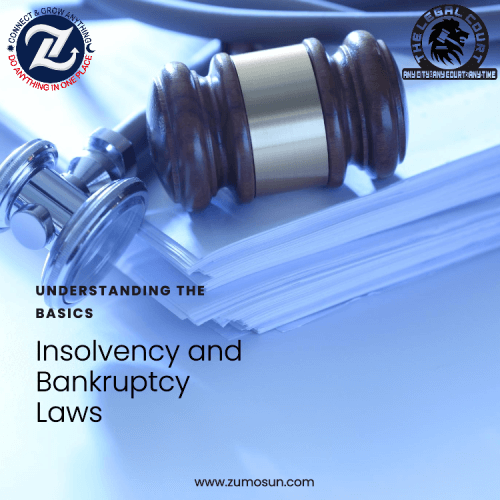




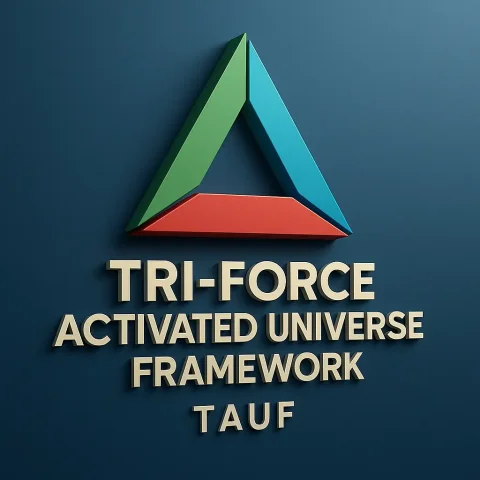
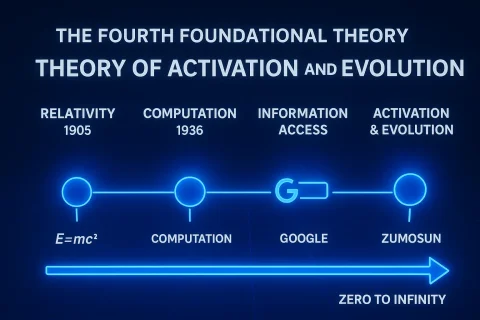


No comments found for this product. Be the first to comment!